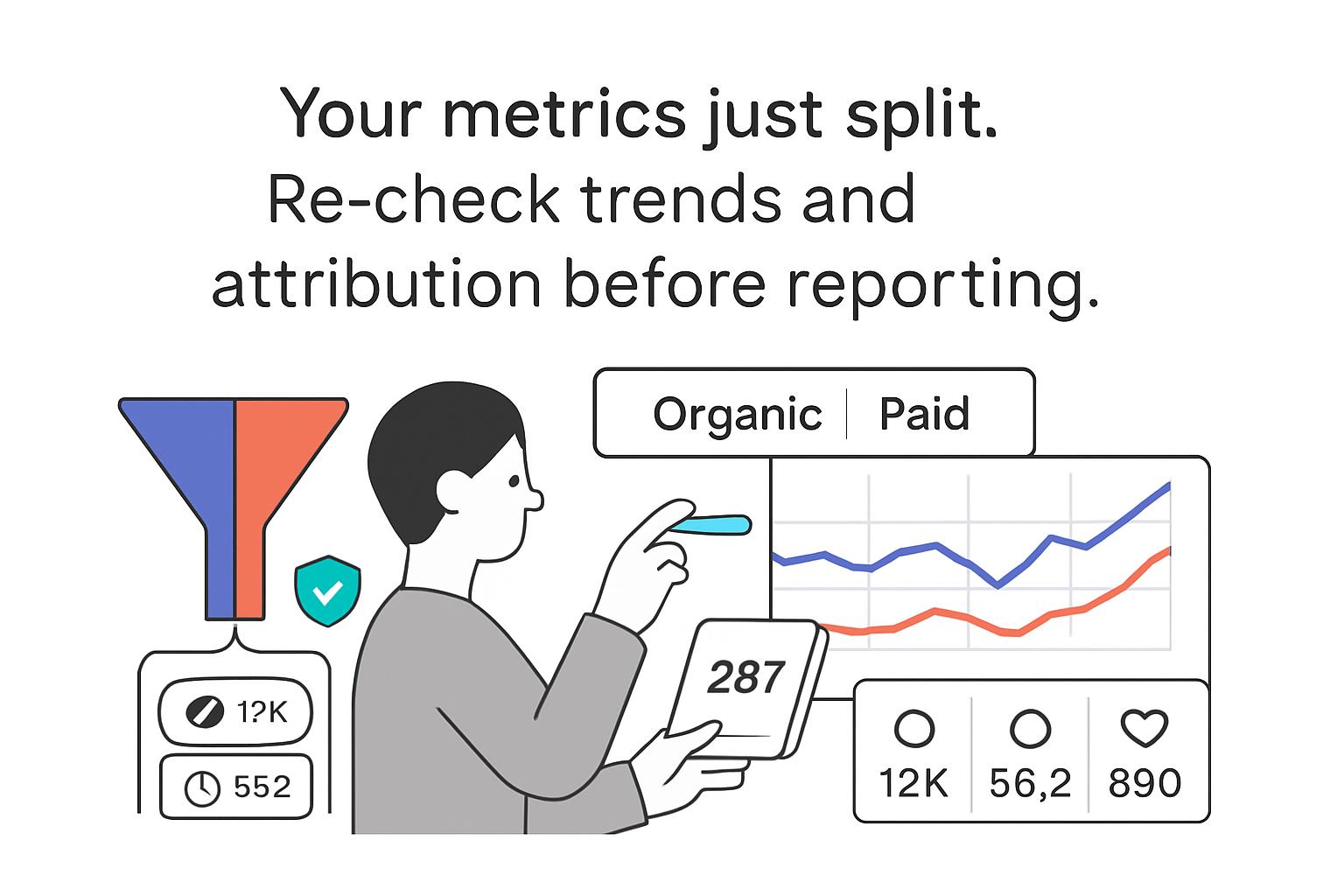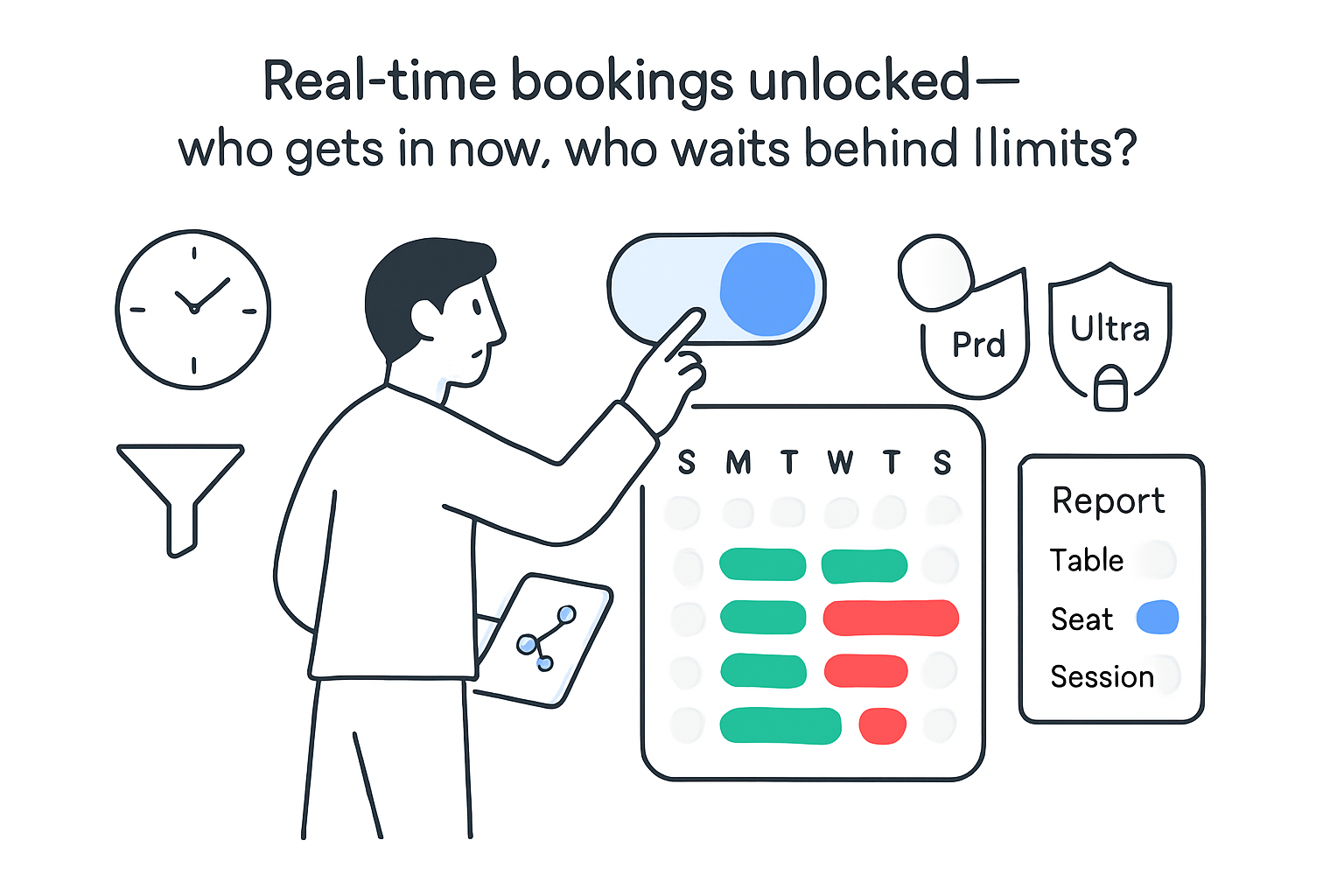YouTube has added separate filters for organic and paid traffic in YouTube Analytics, allowing creators to isolate ad-driven results from organic performance across core metrics. The update is available now, with details in YouTube's official announcement.

YouTube Separates Organic & Paid Metrics In Channel Analytics
Creators can now isolate performance from organic sources and from paid ad campaigns. Filters apply to views, watch time, likes, comments, and shares, helping distinguish unpaid engagement from ad-driven activity.
YouTube emphasized that advertising does not affect organic distribution. The systems operate independently, and organic reach is driven by signals like watch time, engagement, and audience retention.
Whether or not it also runs as an ad has no impact.
Key Details
- Filters cover views, watch time, likes, comments, and shares.
- Paid traffic includes ad campaigns, such as YouTube Promote.
- Channels can view organic, paid, or combined results in YouTube Analytics.
- Organic performance is influenced by recommendations and viewer behavior.
- Paid performance is determined by campaign budget and targeting.
- The feature is available now.
Background Context
Creators have long asked whether advertising affects organic channel growth. YouTube addressed the question directly in its announcement, stating that the two systems operate separately.
Including paid traffic in aggregate metrics can change averages because campaigns often reach new audiences with lower initial engagement. The new filters let channels review each traffic source on its own.
YouTube characterizes organic performance as algorithmic - based on viewer interest and satisfaction - while paid delivery depends on campaign setup and targeting choices.
For related definitions of views across products - including TrueView views in Google Ads reporting, organic views, and YouTube public views - see Google's official documentation.








.svg)